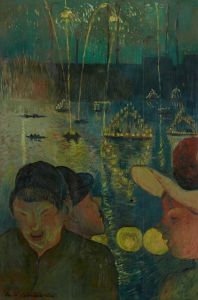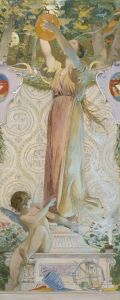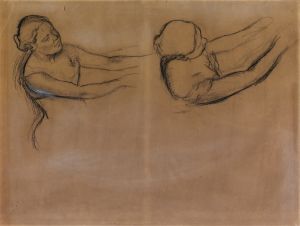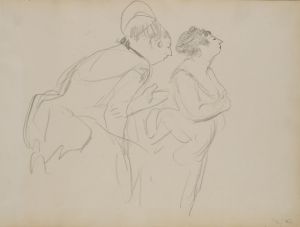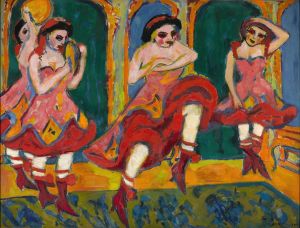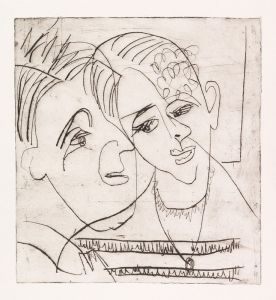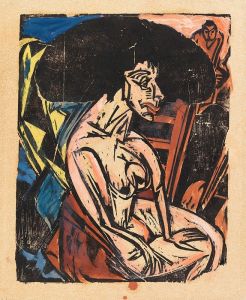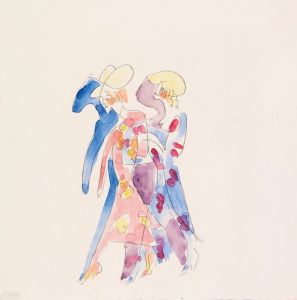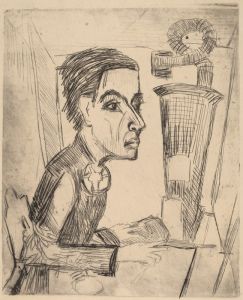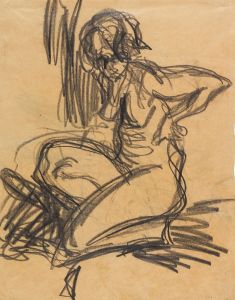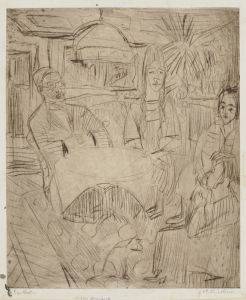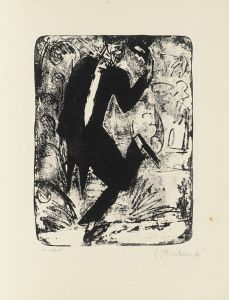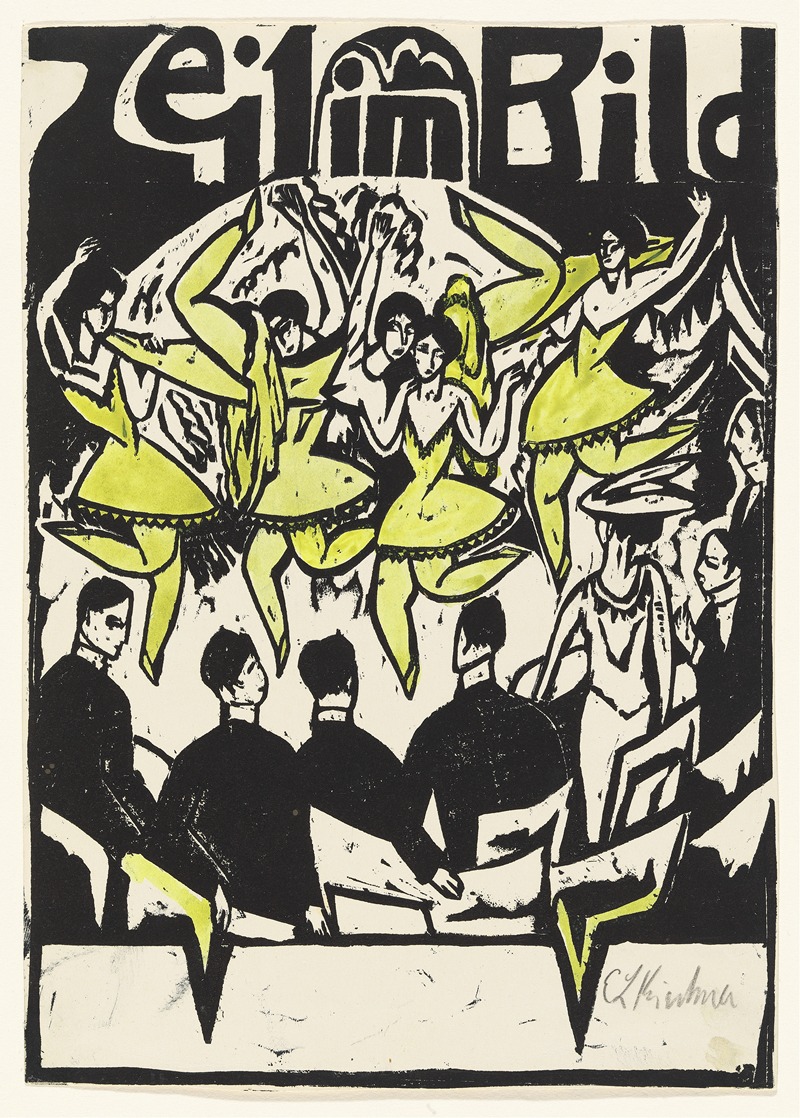
Dancers at the ice palace
A hand-painted replica of Ernst Ludwig Kirchner’s masterpiece Dancers at the ice palace, meticulously crafted by professional artists to capture the true essence of the original. Each piece is created with museum-quality canvas and rare mineral pigments, carefully painted by experienced artists with delicate brushstrokes and rich, layered colors to perfectly recreate the texture of the original artwork. Unlike machine-printed reproductions, this hand-painted version brings the painting to life, infused with the artist’s emotions and skill in every stroke. Whether for personal collection or home decoration, it instantly elevates the artistic atmosphere of any space.
"Dancers at the Ice Palace" is a painting by the German expressionist artist Ernst Ludwig Kirchner, created in 1929. Kirchner was a leading figure in the German Expressionist movement and a founding member of the artist group Die Brücke (The Bridge), which sought to create a new form of artistic expression that bridged traditional and modern styles.
The painting depicts a lively scene of dancers performing at an ice palace, capturing the vibrant energy and dynamic movement characteristic of Kirchner's work. The composition is filled with bold colors and exaggerated forms, reflecting the influence of both the Expressionist movement and Kirchner's personal style. His use of vivid colors and distorted figures conveys a sense of emotional intensity and immediacy, which are hallmarks of his artistic approach.
Kirchner's work often explored themes of modern life, urban experience, and the human condition, and "Dancers at the Ice Palace" is no exception. The painting reflects the cultural and social atmosphere of the Weimar Republic in Germany, a period marked by significant political and social change, as well as a flourishing of the arts. During this time, Berlin became a hub of artistic innovation and experimentation, and Kirchner's work was deeply influenced by the city's vibrant cultural scene.
In "Dancers at the Ice Palace," Kirchner captures the essence of the modern metropolis, with its bustling nightlife and dynamic social interactions. The dancers are depicted in a state of motion, their bodies elongated and twisted in a manner that suggests both grace and tension. This portrayal of movement and energy is a key feature of Kirchner's work, as he sought to convey the dynamism of contemporary life.
The painting also reflects Kirchner's interest in the psychological aspects of human experience. The exaggerated forms and intense colors suggest a sense of emotional depth and complexity, inviting viewers to engage with the inner lives of the figures depicted. This focus on the psychological dimension of art was a central concern of the Expressionist movement, which sought to explore the subjective experience of reality.
Ernst Ludwig Kirchner's career was marked by both critical acclaim and personal struggles. Despite facing challenges such as mental health issues and the impact of World War I, Kirchner remained a prolific and influential artist. His work has had a lasting impact on the development of modern art, and he is regarded as one of the most important figures in the history of German Expressionism.
"Dancers at the Ice Palace" exemplifies Kirchner's ability to capture the spirit of his time through a unique and powerful visual language. The painting remains a significant work within his oeuvre, showcasing his mastery of color, form, and composition, as well as his deep engagement with the cultural and social issues of his era.





